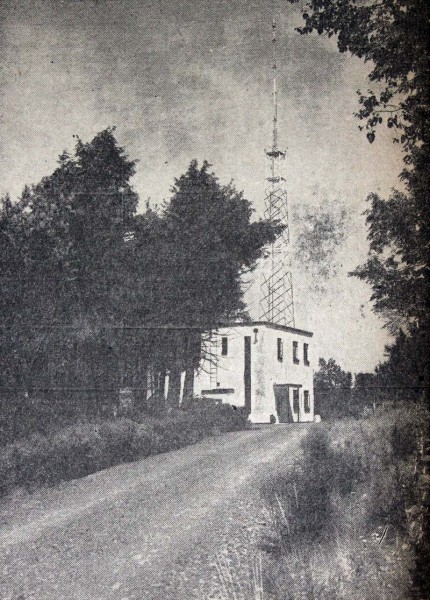Mixed, at least in my neck of the woods. I was stationed at an LP-1 station which was monitoring a PEP station directly. On my end, the test went fine without intervention. Please excuse the cellphone video, I am used to my good camera, which I left at home.
Many others in the New York area had problems. Stations with newer SAGE (Blue front) CAP-capable EAS ENDECS had issues, even the ones that were also monitoring the PEP stations directly.
Many of those stations broadcast the header tones and about 10 seconds of audio. The audio abruptly stops and is followed by twenty seconds of dead air followed by the EOM. I can speculate that the SAGE EAS units should be checked for proper configuration and be tested back to back while receiving duplicate messages from different sources spaced apart by ten seconds.
Several stations downstream from the LP-1 stations did not receive anything at all. Others received the alert tones but no audio, some had high levels of background noise, thirty seconds of static, audio cut off, etc. All in all, most would look at this and say “Thank God it wasn’t a real emergency.” Silver lining: For all those that are concerned that the federal government will attempt to diabolically take over the entire broadcast spectrum and say evil things; Doh! foiled again.






I knew it was going to be bad when the first second of voice message sounded like a stuck CD player. It seems like the whole system needs a careful re-think. That’s a pretty tall order in this day & age.
What I heard in the background was a second set of header tones. This was directly from the PEP station, so I am not sure how they got there. According to Howard Price at Sage-
“Getting the 2nd set of headers send from high up the chain was
unexpected, however.
If the ENDEC receives a 2nd set of headers on a monitor input that is
currently in an alert, it assumes that it missed the EOM from a
previous alert (see #2 above), and starts the process of ending that
previous alert.
That 2nd set of headers, if it was decodable by the receiving
station, terminates the audio “early”; the recorder is restarted,
causing the output to mute. It only takes one properly formatted
header to do this. If you decoded one of the 2nd group of headers,
your audio appeared to mute for several seconds.”
Which explains the cut off audio.
EAS is an antiquated concept, relying on an over the air daisy chain which will fail as sure as the sun will rise in the east. Clearly, as a country, need to rethink the role of FEMA and DHS in public alerting. Broadcasters have been doing this for years and have good ideas on how to keep people informed. This digital alerting computer voice garbage will fail and get somebody killed in a true emergency.